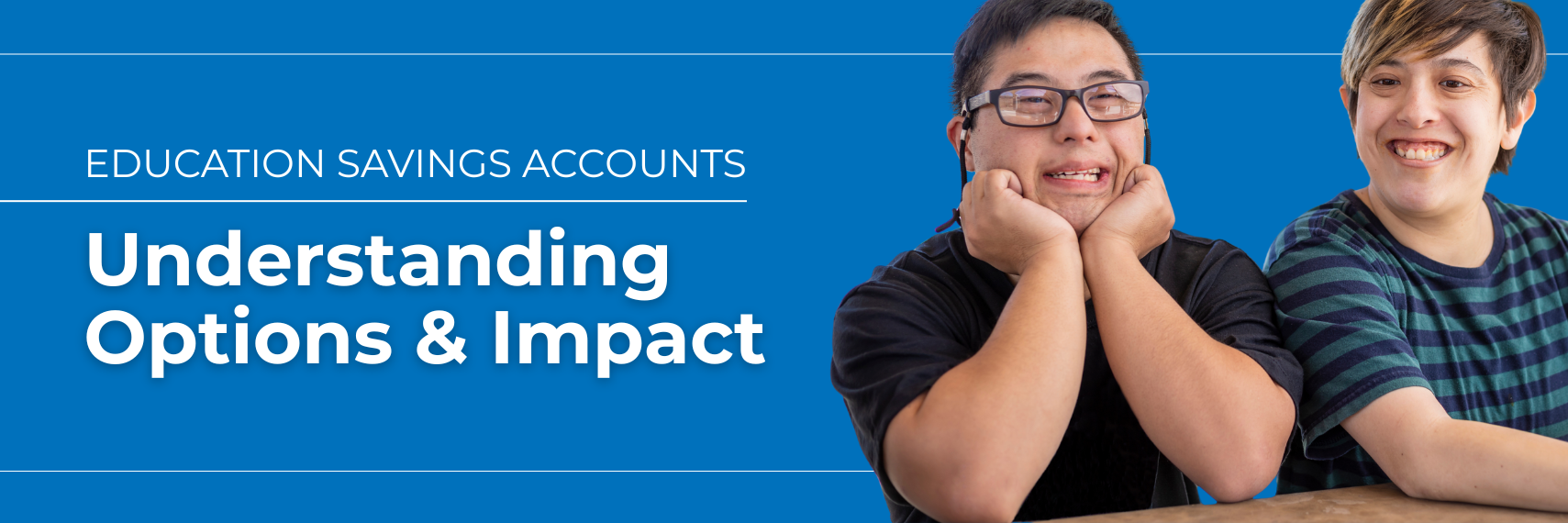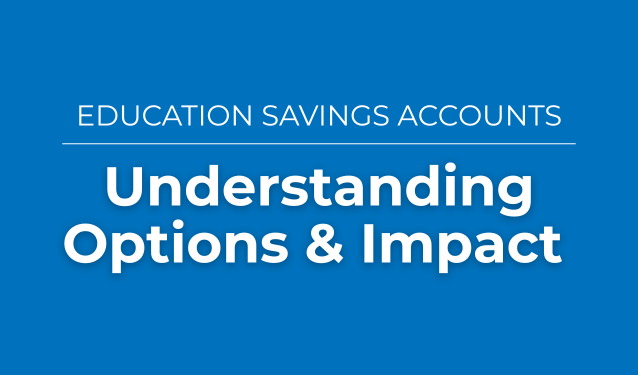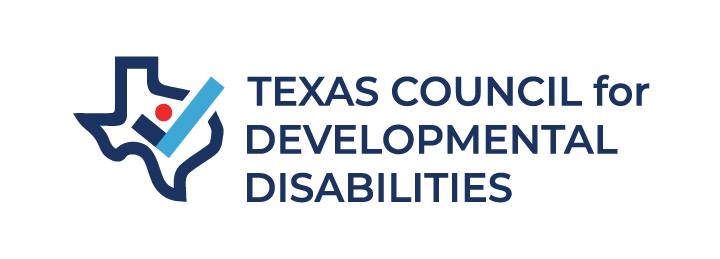

Passed during the 89th Texas Legislature in 2025, Senate Bill 2 established an Education Savings Account (ESA) program that allows eligible Texan families to use state funding for private school tuition and other educational expenses.
To help you understand the options and impact of the new program, TCDD and The Arc of Texas collaborated to create a one-pager, titled Vouchers and Students with Disabilities (PDF). Please use this document for your own reference and share it with other people who may find it useful. It includes information on how much funding a family can receive; how families can use funding; differences between public schools and private schools; and more.
Frequently Asked Questions about ESAs
Will my child with a disability automatically receive $30,000 through the ESA?
No. Once your child enters private school, the amount varies based on the special education services your child would receive in public school. Students with disabilities may be eligible for up to $30,000, but the full amount is not guaranteed.
Will my child keep their Individualized Education Program (IEP) if we use an ESA?
No. Once you leave the public school system, your child is no longer entitled to an IEP or any services or protections guaranteed under the Individuals with Disabilities Education Act (IDEA) or other federal special education laws.
Are private schools required to accept students with disabilities?
No. Private schools can set their own admissions policies and are not required to admit or accommodate students with disabilities.
Will ESA funds cover the full cost of private school and services?
Not always. Many private schools, especially those with specialized programs, cost more than the ESA award provides. Families would be responsible for the difference.
How will families get access to ESA funds?
Families won’t receive money directly. A state-approved Educational Assistance Organization (ESO) will manage a family’s ESA funds and submit payments to approved vendors.
When can my family start accessing ESAs?
The Texas Comptroller’s Office will create rules and oversee the program. The ESA rules must be finalized by May 2026. Applications will open before the 2026–27 school year.
What should families of children with disabilities who want to access an ESA do now?
Families should review their child’s most recent Full and Individual Evaluation (FIE) to ensure it accurately reflects the services and supports their child needs to be successful. The level of support outlined in the evaluation directly affects the ESA amount a student may qualify for. Families should also gather key documents like IEPs and diagnoses, research potential schools or providers that may accept ESA funds, and stay informed through the Texas Comptroller’s website. Applications are expected to open in 2026.
How can I stay updated on the ESA program and when to apply?
You can stay informed by regularly checking the Texas Comptroller’s ESA program webpage, where official updates, timelines, and application instructions will be posted.
